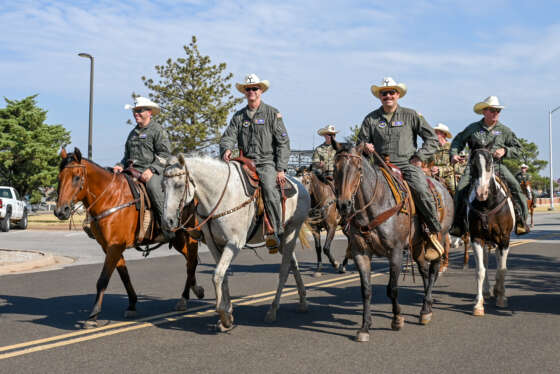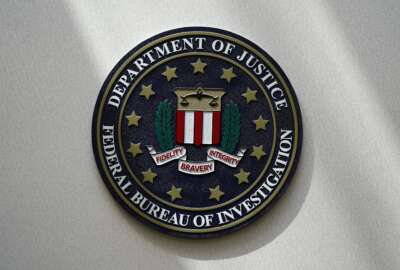Hubbard Radio Washington DC, LLC. All rights reserved. This website is not intended for users located within the European Economic Area.
On Air: Federal News Network
Trending:
STAR-TIDES to the rescue, year two
A unique program that takes one of the best features of Web 2.0... and turns it into a flesh-and-blood program to help those in need.
By Max Cacas
FederalNewsRadio
One of the most compelling features of the Web 2.0 culture is that it makes it possible for large groups of people with a common goal to collaborate no matter where they are on the planet. For the second year in a row, the Pentagon has served as a backdrop for just such a program: one that it doesn’t directly control, or officially support.
It was about a year ago this month that we stood in the courtyard of the Pentagon with Doctor Linton Wells, whose day job is normally with the Center for Technology and National Security at the National Defense University, located at Fort McNair in southwest Washington.
He returned last week to talk about TIDES, which stands for Transportable Infrastructures for Development and Emergency Support, part of a broader collaborative effort called STAR, which stands for Sustainable Technologies, Advanced Research.
The goal is to extend the ability of civil coalitions of business, government and private sector to operate in stressed environments after wars and crisis. We’re trying to enhance the military’s ability to interoperate with them, across the joint force. And then we’re trying to save them money by economizing with low cost logistics solutions and better supply chain management.
It should be noted here that even though the Pentagon serves as a very public backdrop for the year-two demonstration of STAR-TIDES, and provides some funding through National Defense University, STAR-TIDES is not an official Defense Department program. Wells notes that last year DoD chipped in $15,000 for a demonstration project at Fort McNair which yielded $800,000 of private sector donations. This year, the Pentagon contributed $8,000 to the demonstration, which attracted $1.7 million in private sector funds.
Rather, says Wells, it’s a collaboration of a growing group of widely disparate groups worldwide who are volunteering to use their expertise to help people in need with new, out-of-the-box thinking about how to use technology.
The other groups involved in STAR-TIDES range from well-known non-governmental organizations like the American Red Cross and Johns Hopkins University …to smaller groups like Engineers Without Borders, and the Hexayurt Project in the Netherlands.
As STAR-TIDES enters its third year, and third phase, Wells hopes to beef up the web-based wiki that serves as the backbone for the 9 organizations that are working on the program.
——
On the Web:
STAR-TIDES – http://www.star-tides.net/
(Copyright 2008 by FederalNewsRadio.com. All Rights Reserved.)
Copyright © 2024 Federal News Network. All rights reserved. This website is not intended for users located within the European Economic Area.
Related Topics
Fed Photo of the Day

Altus AFB’s 26th Annual Cattle Drive
Daily photos of things happening in and around the federal government.




